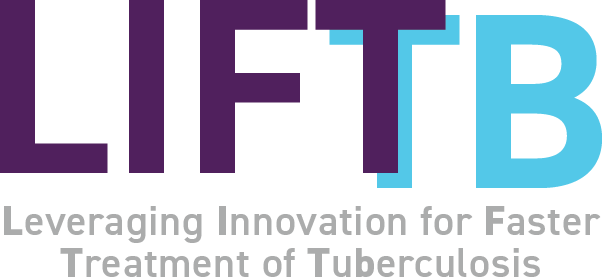New Study: Recently Approved Drug-Resistant TB Treatments Can Save National Governments up to US$740 Million Annually
Savings Could Allow 400,000 More Patients to be Treated
PRETORIA (16 November, 2022)—A new study published in PLOS Global Public Health found that the BPaLM/BPaL treatment regimen that will be included in World Health Organization (WHO) guidelines for the treatment of drug-resistant TB (DR-TB) could save governments up to US$740 million annually, enough monies to fund almost another year’s worth of DR-TB treatments for more than 400,000 people. The new study estimates that the cost of implementing this therapy is potentially 40-90% less expensive than current regimens.
According to WHO, an estimated 440,000 people every year are infected with strains of DR-TB. The new DR-TB regimen shortens the time needed for treatment to six months, an improvement which helps increase the percentage of patients who complete treatment. Previously, treatment for DR-TB lasted up to 18 months or longer and included complex sets of medicines that were hard to tolerate. Shorter regimens that lasted 9-11 months were found to be effective several years ago, but that was still too long—more than 40% of patients have been unable to complete the treatment.
With BPaLM/BPaL (consisting of bedaquiline, pretomanid, linezolid and moxifloxacin, with the provision of dropping moxifloxacin in case of confirmed resistance to fluoroquinolones), the shorter treatment time means patients spend significantly less time in healthcare facilities and fewer tests and procedures are needed to monitor their health and progress. Patients are also able to recover their health more quickly, an important point underscored by data from WHO showing that, in 19 of the top 20 high-burden countries, 87% of drug-resistant TB patients and their households experienced financial catastrophes.
“TB is a difficult disease to cure, requiring a combination of medicines that all have different ways of eliminating a bacterium that is absolutely tenacious,” said Sandeep Juneja, a co-author and Senior Vice President, Market Access, of TB Alliance. “We already knew that 6-month therapy makes a difference for people affected by this deadly infectious disease. What this new data now tells us is that they also lead to significantly lower healthcare costs for governments, as well as a reduction in the costs incurred by patients and their families. Moreover, the significant savings generated by switching to short therapies will help health systems bridge the gap in TB care.”
“Drug-resistant strains of TB bring out the very worst of the disease,” said Saurabh Rane, a co-author of the study and a member of Survivors Against TB in Mumbai, India. “The new regimen can save patients both time and suffering. The faster TB patients can return to health, the better it is for everyone—themselves, their families, our healthcare facilities, and society at large. Every single day counts!”
